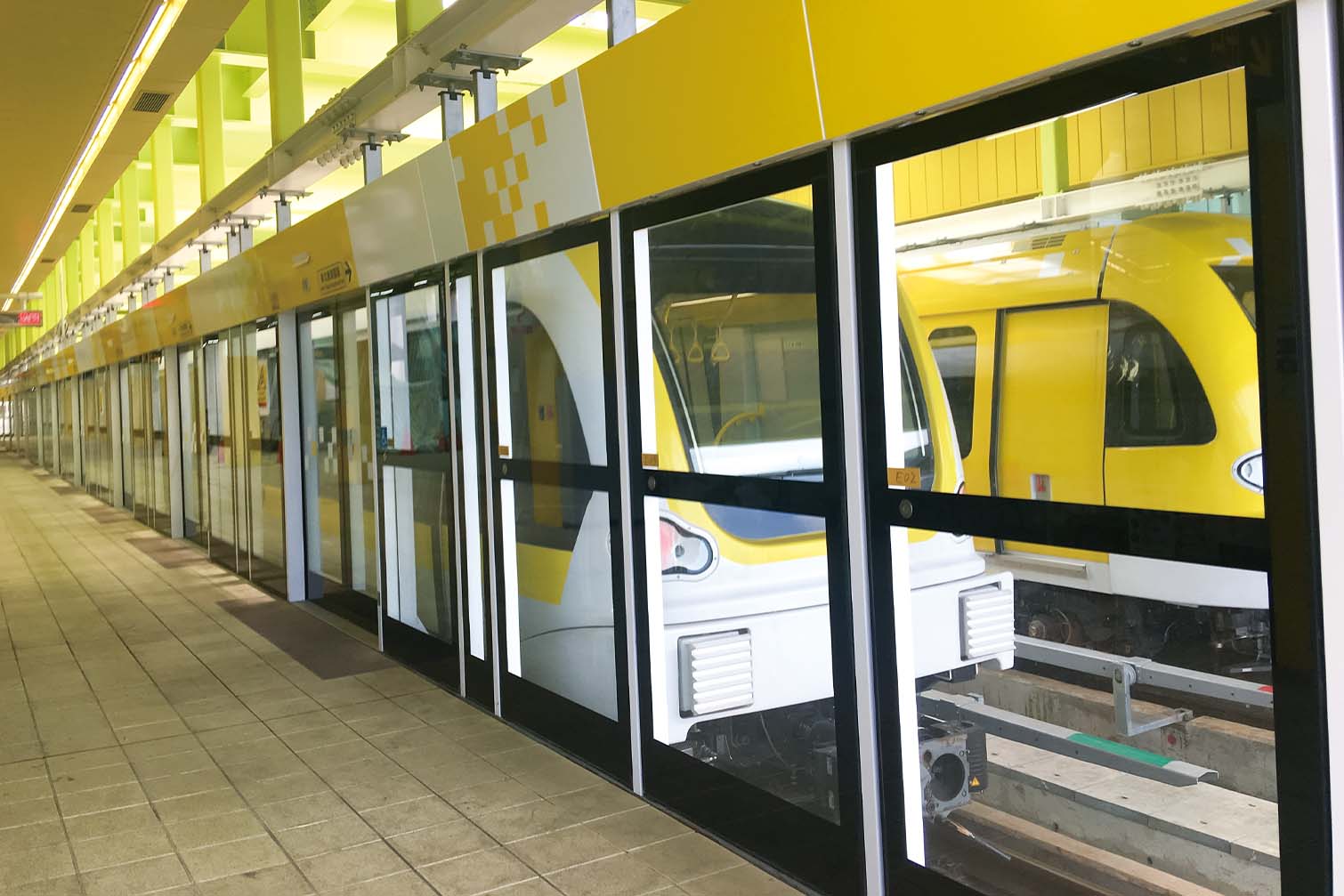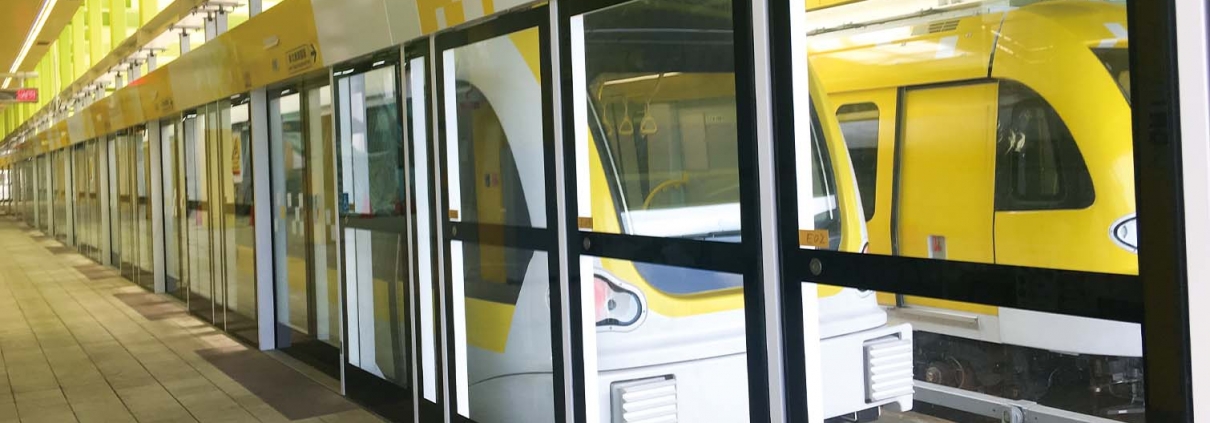Circular Line Opens To Public, MiTAC’s CMFT Platform Safeguards Safety

After 11 years of construction from 2009, New Taipei City’s Circular Line finally opened to the public on January 31. The Circle MRT Line runs through the 2 most densely populated areas in Taiwan – Taipei Metropolitan Area and Taoyuan – it links various MRT routes in Greater Taipei from Dapinglin Station to New Taipei Industrial Park Station, which takes a mere 20 minutes, saving a great deal of time for people commuting to work and home every day.
In terms of Taipei Metro, THSR, and Taiwan Railways, MiTAC has accumulated a broad range of engineering experience over the years. It has achieved excellent results, especially in automatic fare collection, electrical power, communication, and operations control. In 2009, MiTAC worked with Italian manufacturer ANSALDO and won a tender for a mechanical and electrical engineering project for the first phase of the Circular Line. Aiming for it to be put to use as soon as possible, colleagues at MiTAC worked day and night, fully showcasing the Company’s philosophy of “winning trust is both an honor and a responsibility.”
As the Circular Line uses the most advanced automated unmanned system (GoA4), the driving system does not require a driver. Instead, the Operations Control Center plays the role of controllers and drivers at the same time. Keeping track of each train’s operating conditions while also dealing with malfunctions in a timely manner is a great challenge for the Operations Control Center.
The Communications Multi Function Terminal (CMFT) developed by MiTAC was used on the Circular Line for the first time. CMFT is responsible for the control and monitoring of all Metro communication systems during operation, including broadcasting, passenger information display, CCTV, digital radio, automatic/direct telephone, as well as train communication system. It acts as an all-purpose guardian for MRT, guarding the safety of passengers.
Imagine the scenario below: after a passenger swipes their card to enter the station, they first see a panel displaying “the train to the required station will arrive in the stated time,” then you hear the broadcast announcing, “please wear a mask if you have symptoms of a cold or feeling unwell”; the passenger presses the emergency call button on the running train, and at the same time the camera in the car focuses on where the passenger is, enabling the Operations Control Center to quickly grasp the situation.
In the Operations Control Center’s daily operation, the real-time status of 14 stations and 17 trains are monitored through a 4×4 TV wall. Each frame of the TV wall can be divided into 4 images, making it a total of 64 images on display. In the event of an emergency, the CMFT system will automatically carry out a series of incident handling procedures. Meanwhile, CMFT also receives alarms of all communication equipment failures or anomalies. The operator will be promptly alerted with sound and flashing icons on the system so that any irregular equipment can be handled without delay and without affecting the normal operation of the MRT. The above simulation scenario relies on the integration and connection of CMFT platform, hence the name of “the core brain of the MRT communication system.” Aside from the Circular Line, CMFT will also be implemented to manage the Sanying line and other transportation systems, buildings and campuses in the future.




